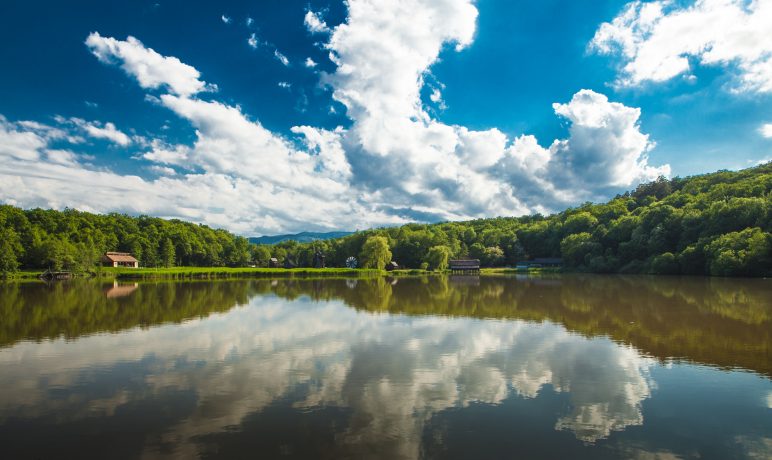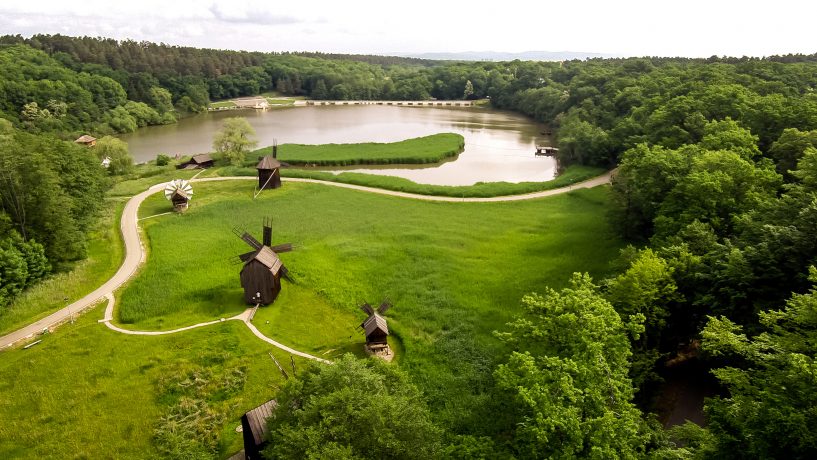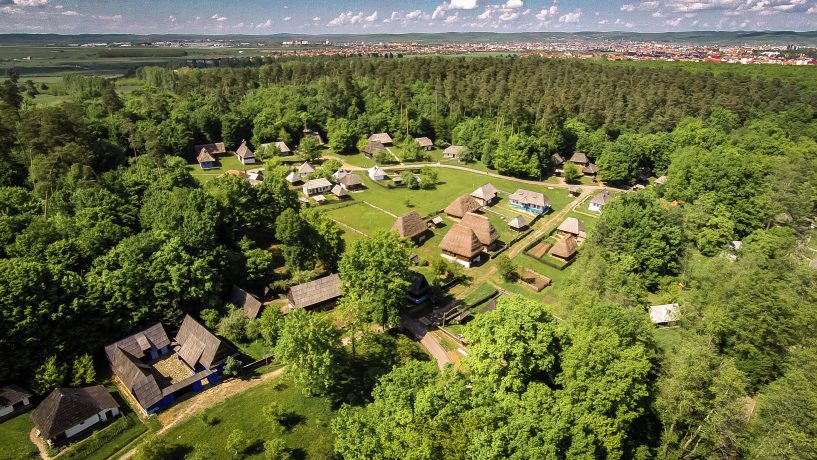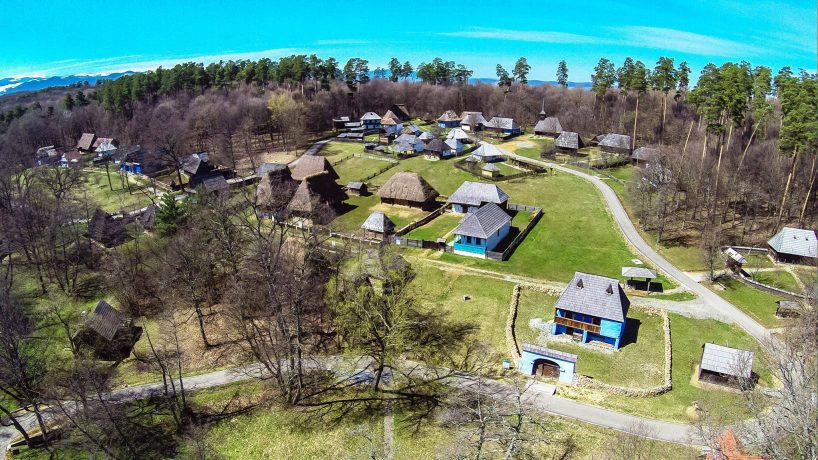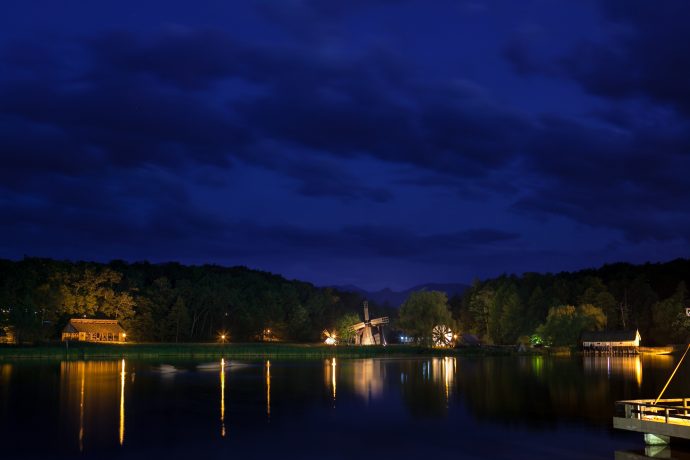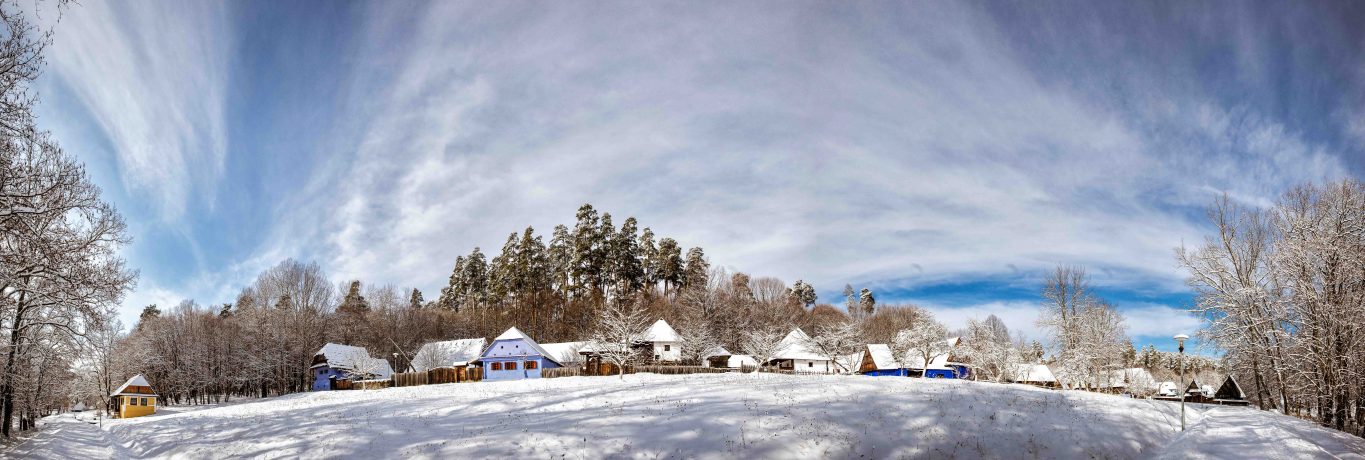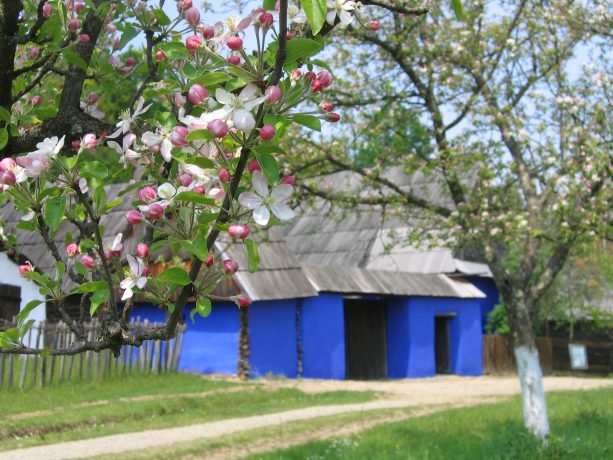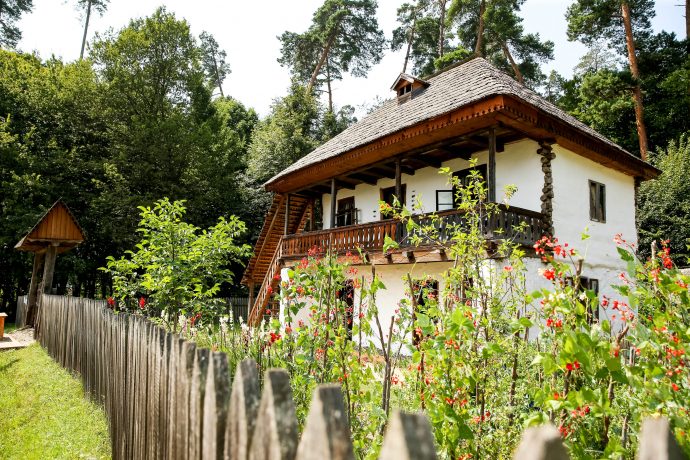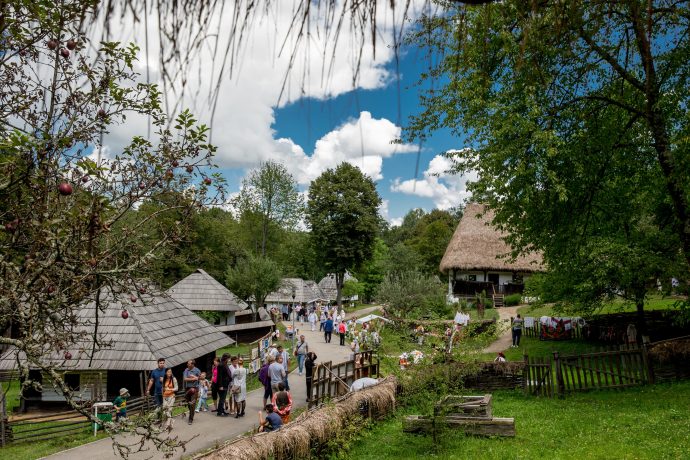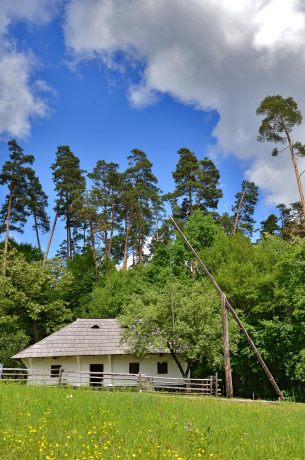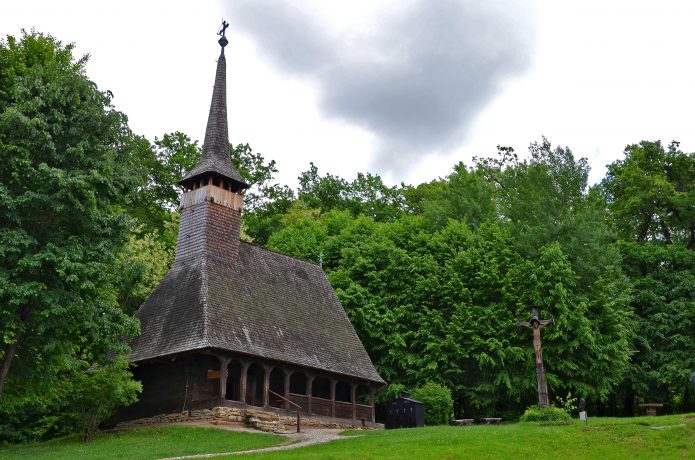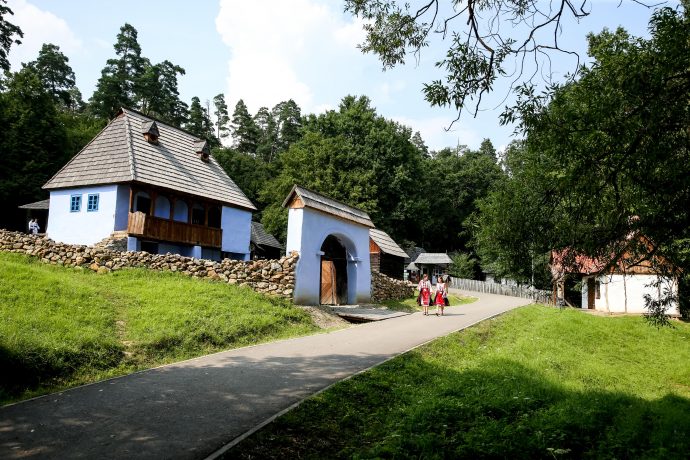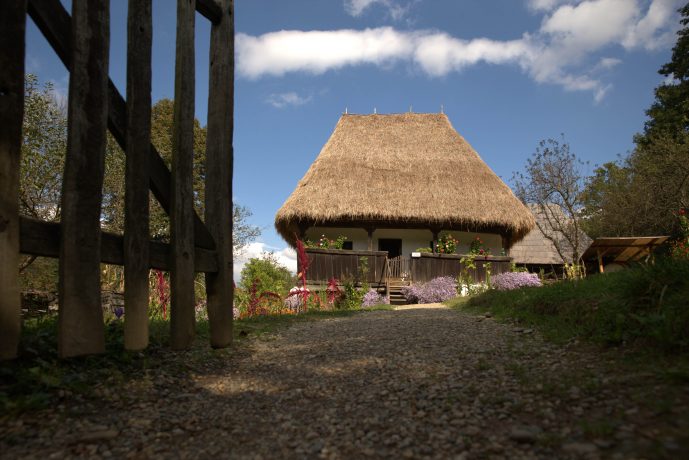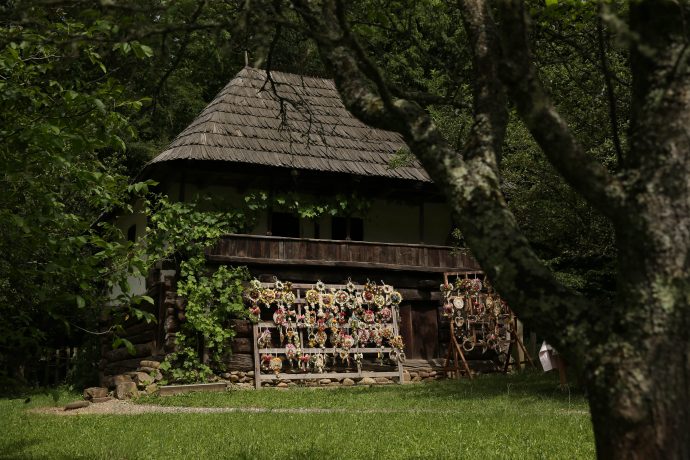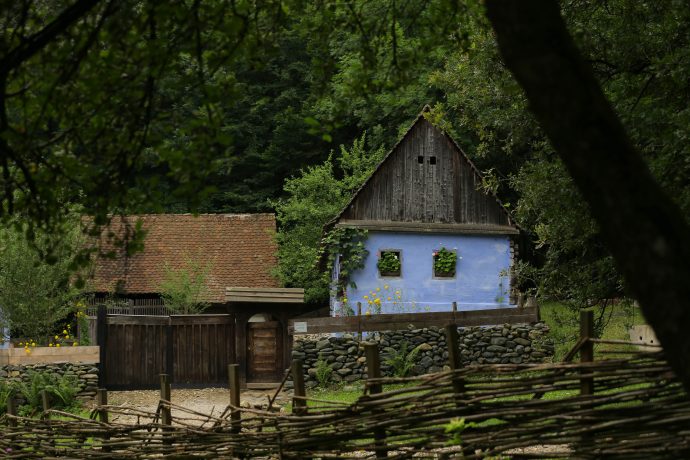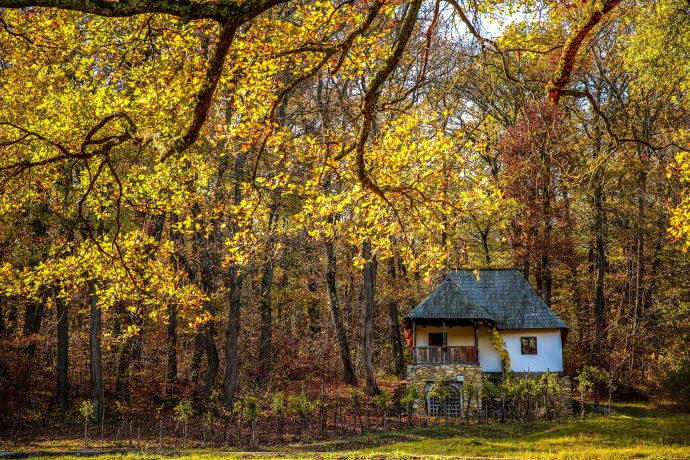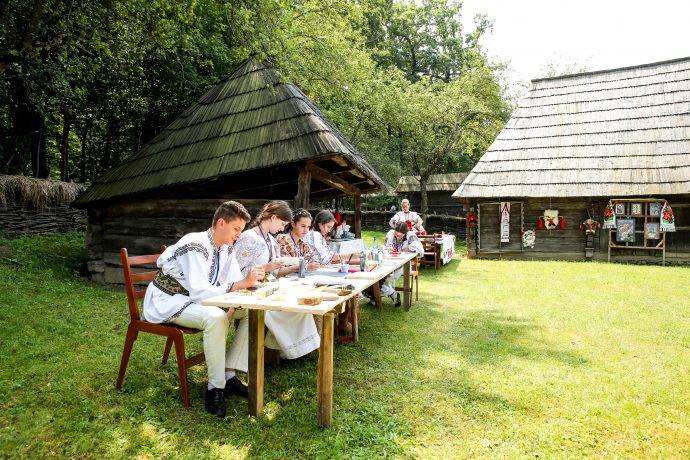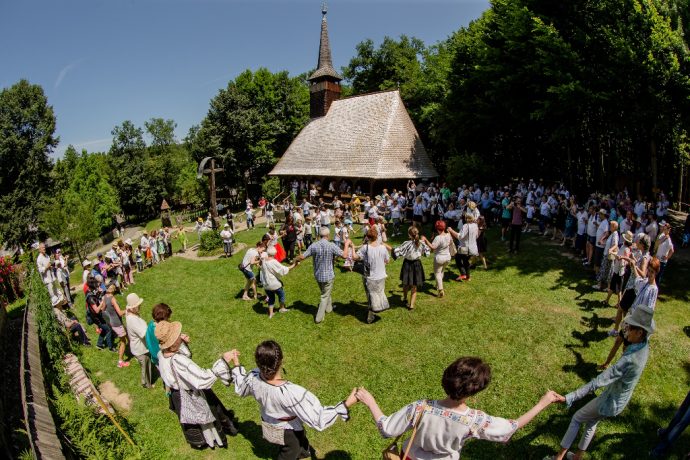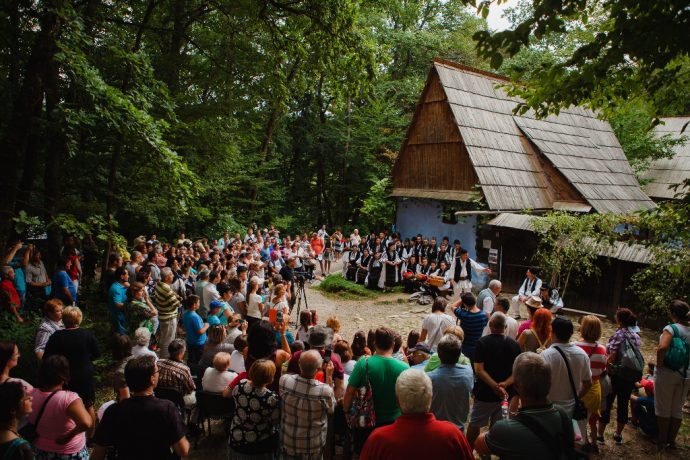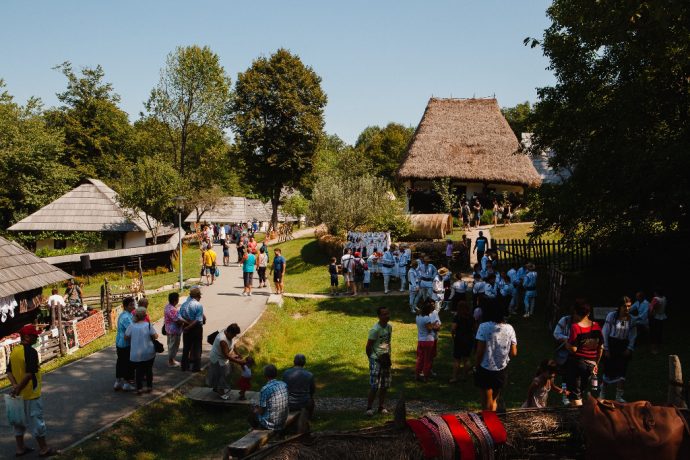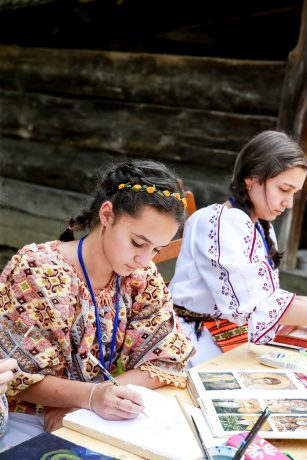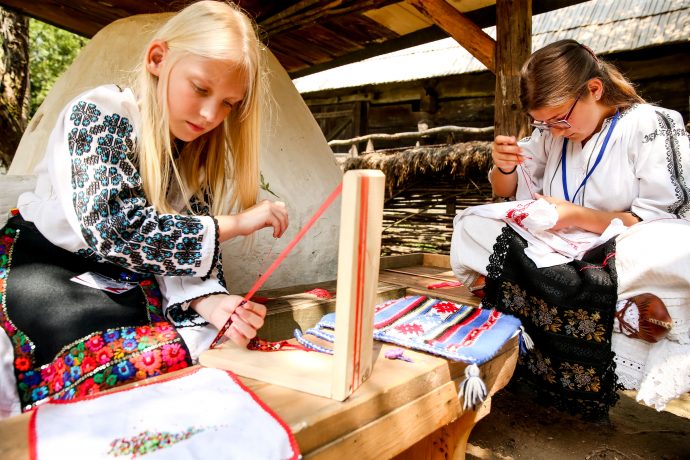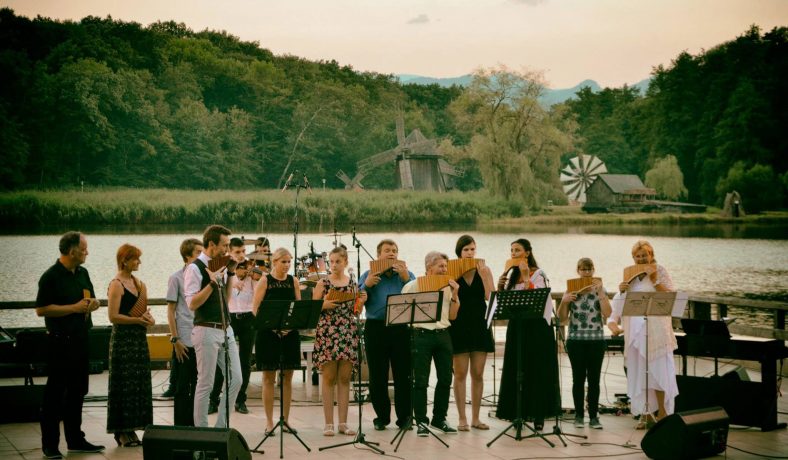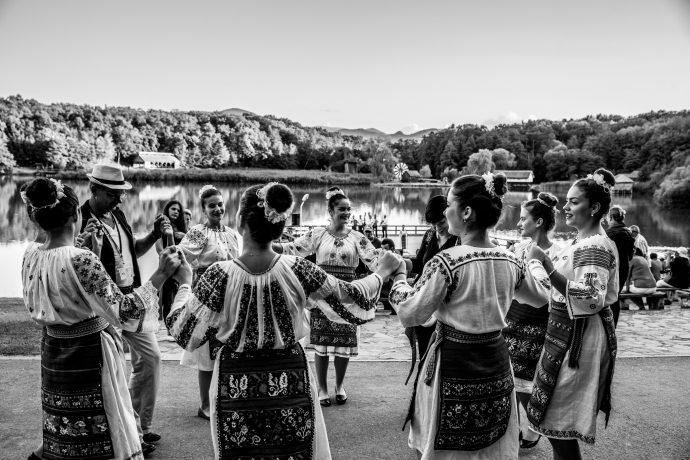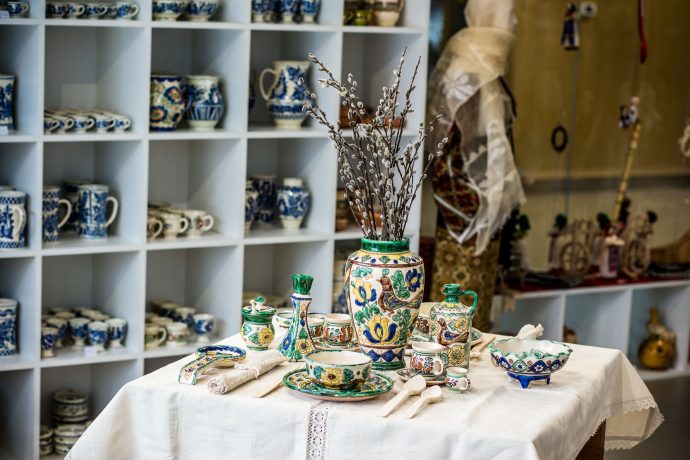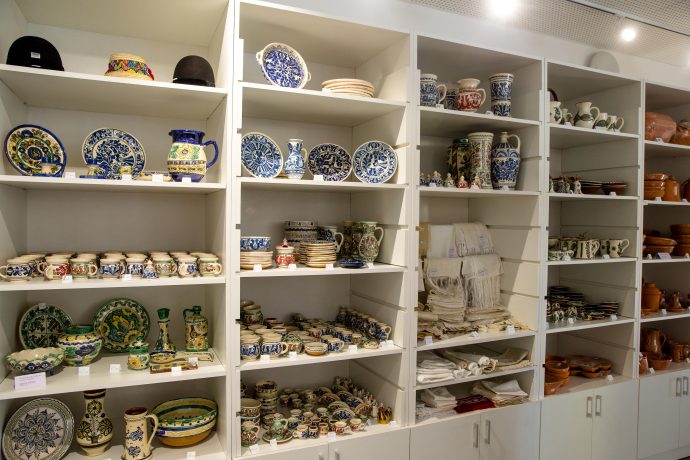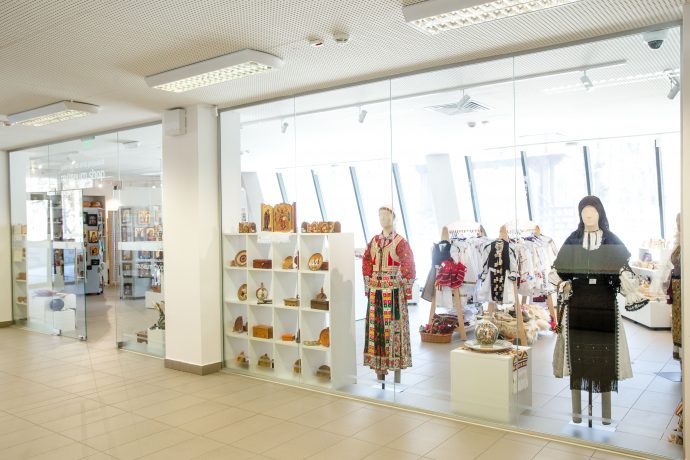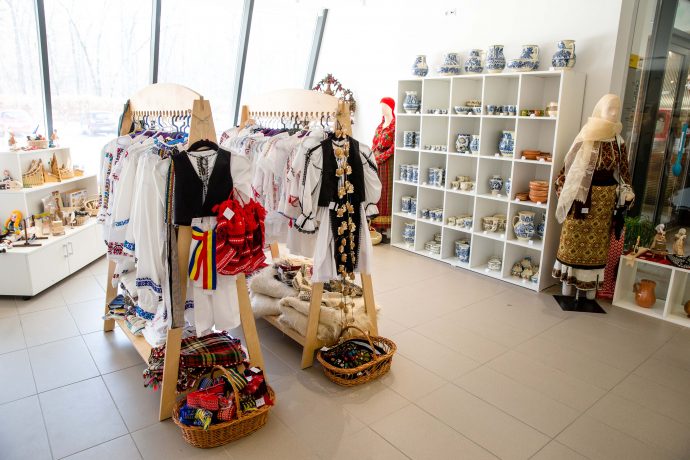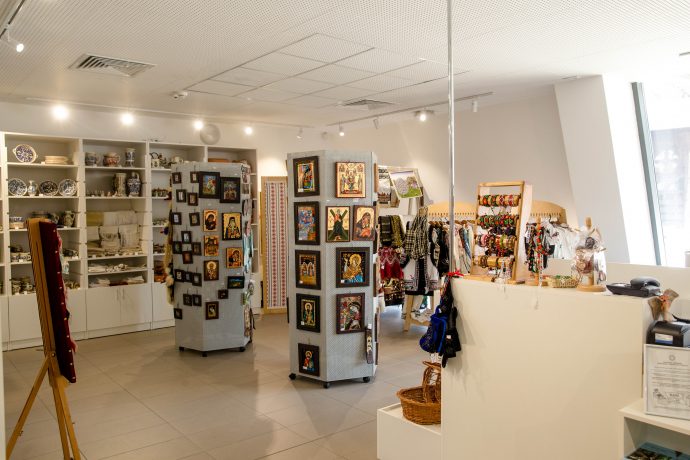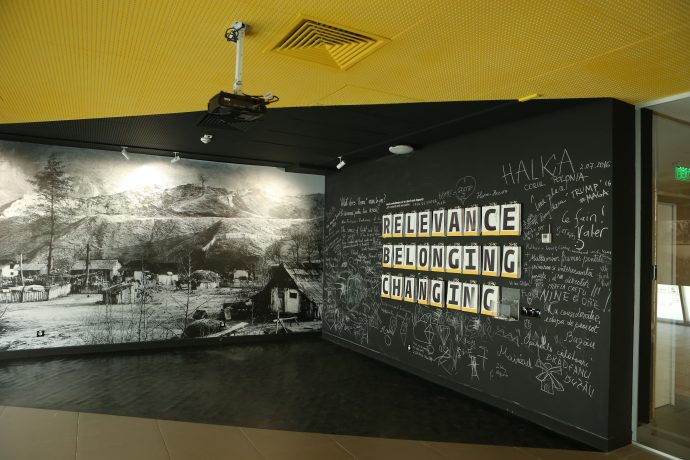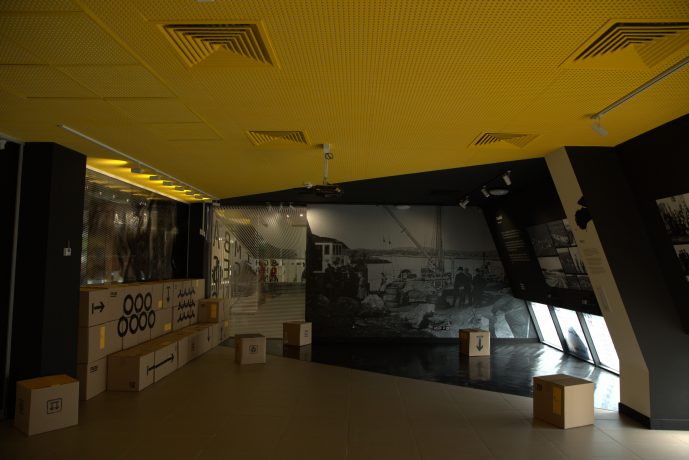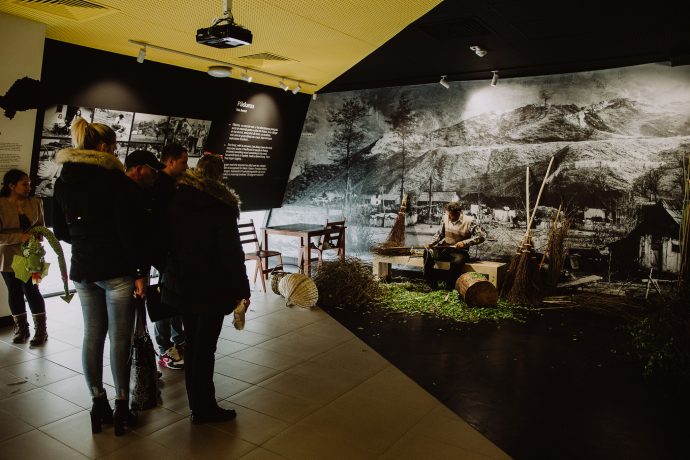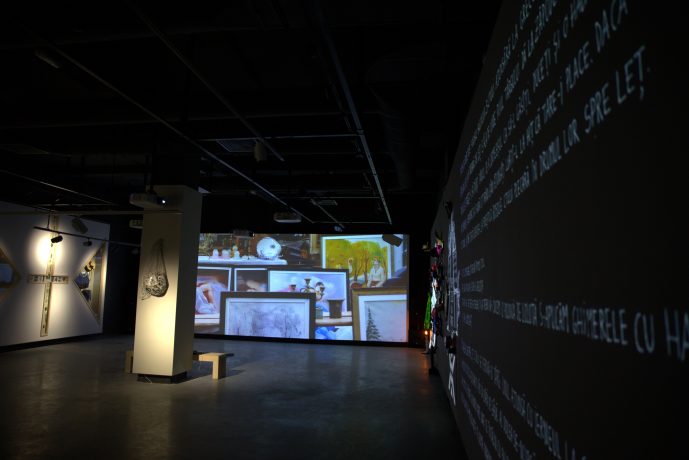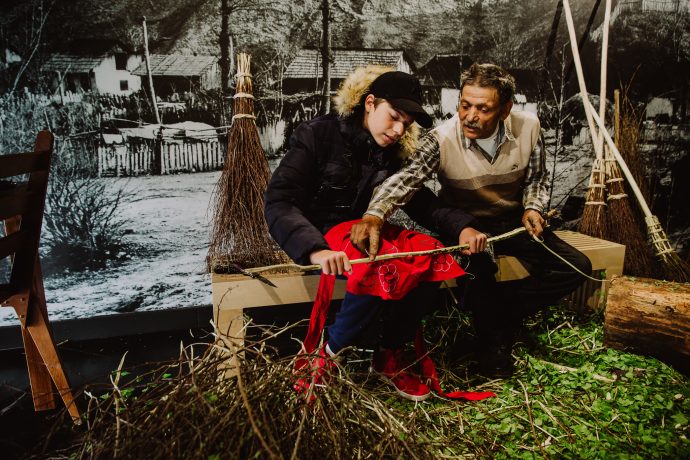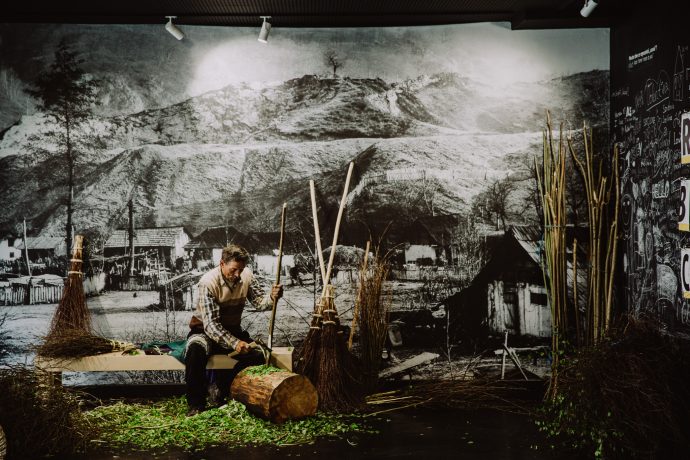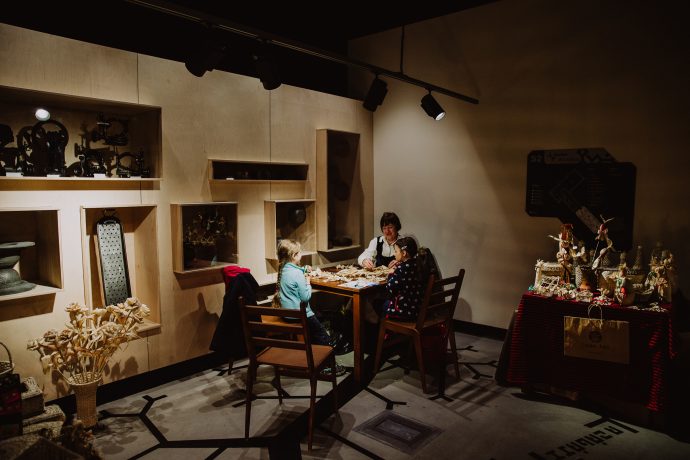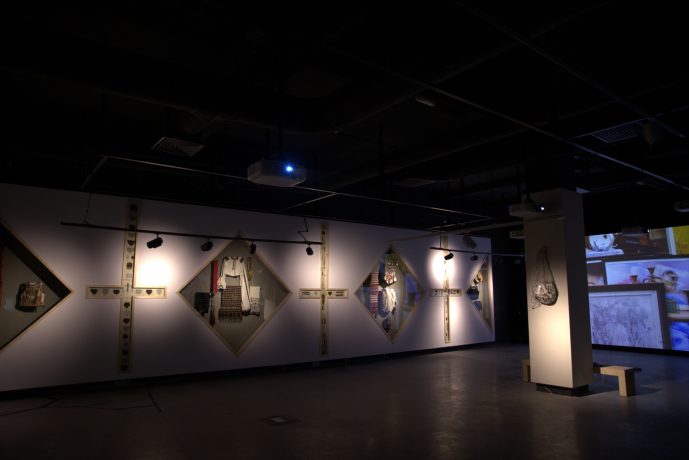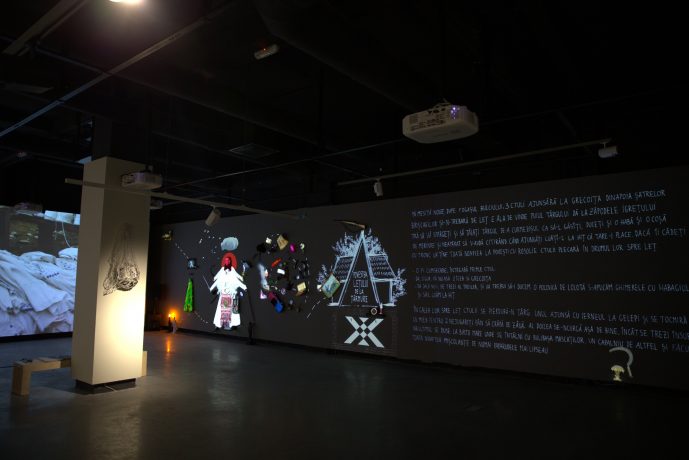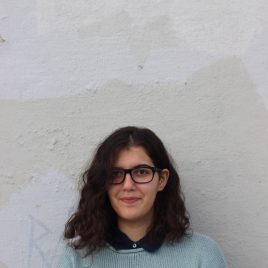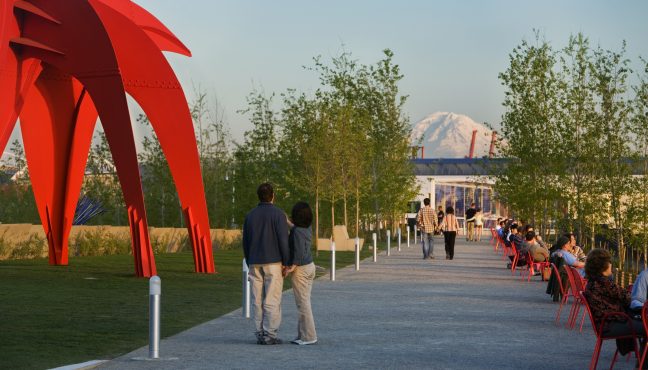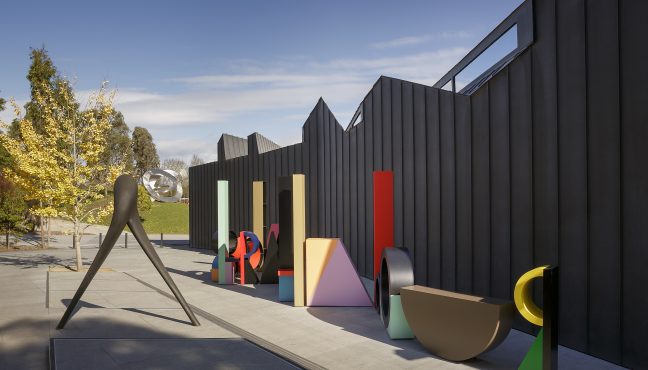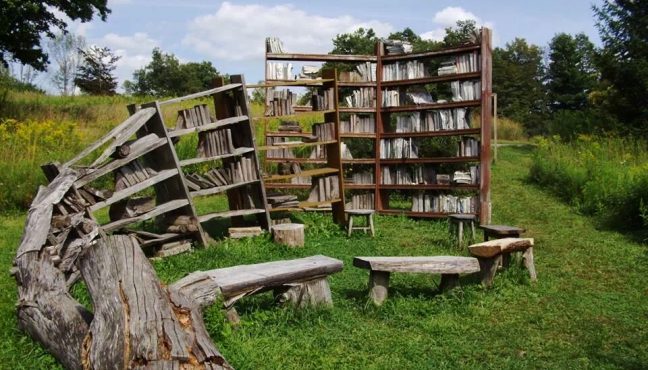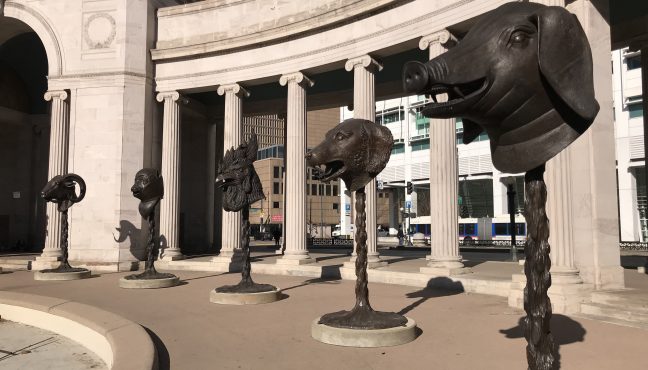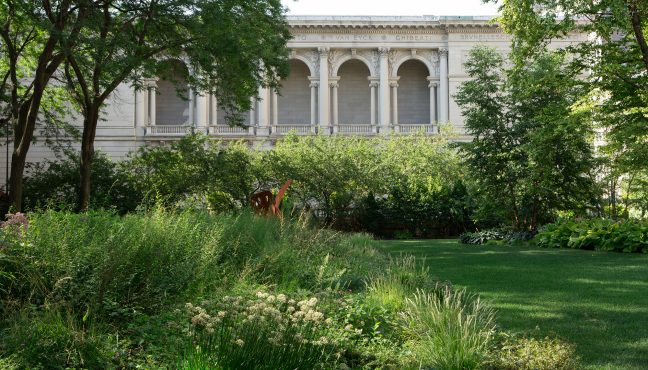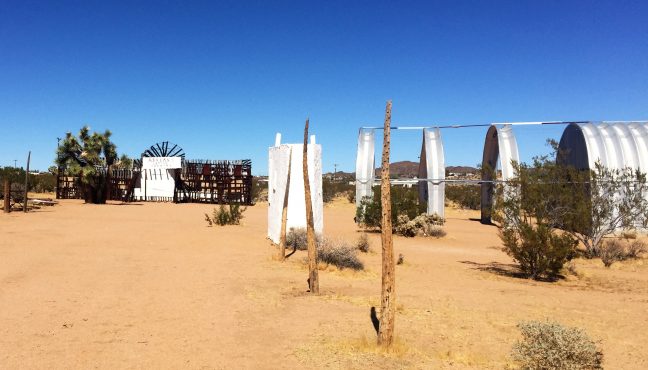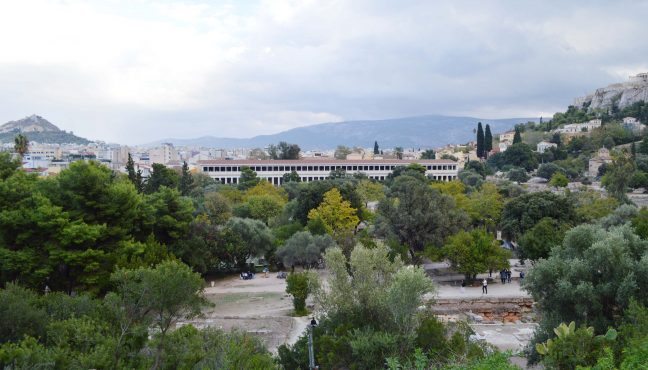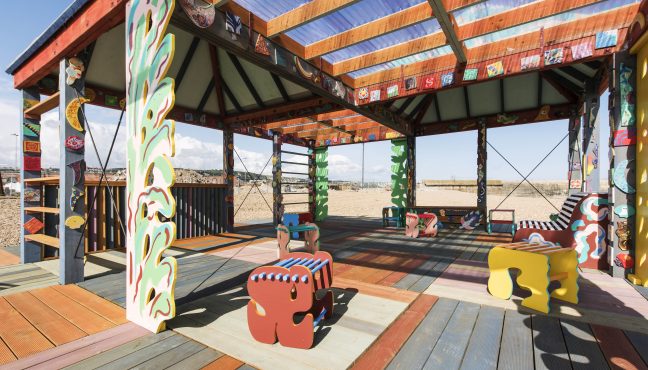In the heart of Romania, in the beautiful countryside of Transylvania, near the small but scenic city of Sibiu, there is a small village with traditional Romanian houses. But do not be mistaken this is not an ordinary village, it is ASTRA National Museum Complex, the most important ethnographic museum in Romania.
In 1905, the museum, previously known as Association Museum, opened its first exhibition as an attempt to create a Transylvanian identity in what was then the Austro-Hungarian Empire. Almost 90 years later in 1990, the museum underwent some changes leading to the form it has today. ASTRA now consists of four museums of ethnographic and anthropological content and other departments.
The ASTRA Museum of Traditional Civilization, or the open-air museum, is the focus of the museum complex. Covering an astonishingly large amount of land, the museum is one of the largest ethnographic ones is Europe. The museum, then called the Museum of Folk Technics, opened its door to the public in 1963. Today, its collection consists of 400 structures of folk architecture, technique and other heritage object, including churches, houses and mills. It doesn’t stop there – the museum also exhibits what is called “intangible heritage” and is considered a “living” museum. The village hosts festivals, workshops and performances, for example the churches sometimes host religious ceremonies. Taking a walk around the structures also entails a refreshing walk through the countryside and around a lake. For the most adventurous, the museum provides also activities such as sailing or sleigh.
The aforementioned ASTRA Museum of Transylvanian Civilization is a connected to the open-air museum and exhibits around 9000 objects that are connected to a traditional household or traditional social activities, such as costumes, embroidery, religious objects, ceramics and toys. Its main goal is to “rescue, recover and conserve the folk culture” and “define the multiculturalism of a European region with a pluri-ethnic multiscale coexistence.”
The Franz Binder Museum of Universal Ethnography opened in 1993 in a historical building (1865-1867) as a residence for the Association of Small Craftsmen; the building is located outside the museum in the Small Square in Sibiu. The museum is named after Franz Binder, a merchant and consul of the Austrian Empire in the Turkish-Egyptian Sudan, and its collection is enriched with various donations and acquisitions from all over the world.
The Emil Sigerus Museum of Ethnography and Saxon Folk Art was inaugurated in 1997 and is located in the complex in Sibiu. The museum hosts collections of Saxon heritage (a strong element in the region) including ceramics, furniture, costumes, textiles and embroidery.
The ASTRA film studio includes a specialized library and graphics department; the Cornel Irimie Information and Documentation Centre in Ethnology is also housed within the museum. It is a hub for documentaries and focuses on anthropology in Romania. The centre invites scholars, researchers, directors or people associated with the film industry to “interpret culture and society.” The studio organizes the ASTRA Film Festival for documentaries and is one of the most important ones in east-central Europe.
ASTRA offers different types of services to visitors, for example the Folk-Art Galleries are two shops that can be found in both locations and give visitors a chance to find and buy authentic folk-art objects. To conclude the experience, ASTRA offers the service of Traditional Inns. Visitors can have a coffee break at the restaurant of enjoy the delicious traditional dishes. Interestingly, visitors can also spend their holidays inside ASTRA as they also offer a three-star accommodation.
ASTRA is the perfect destination for everyone: from families to hipster backpack travelers. All you have to do is book a flight to the land of Dracula and visit this open-air museum that will give you a better understanding of Romanian culture and history.

